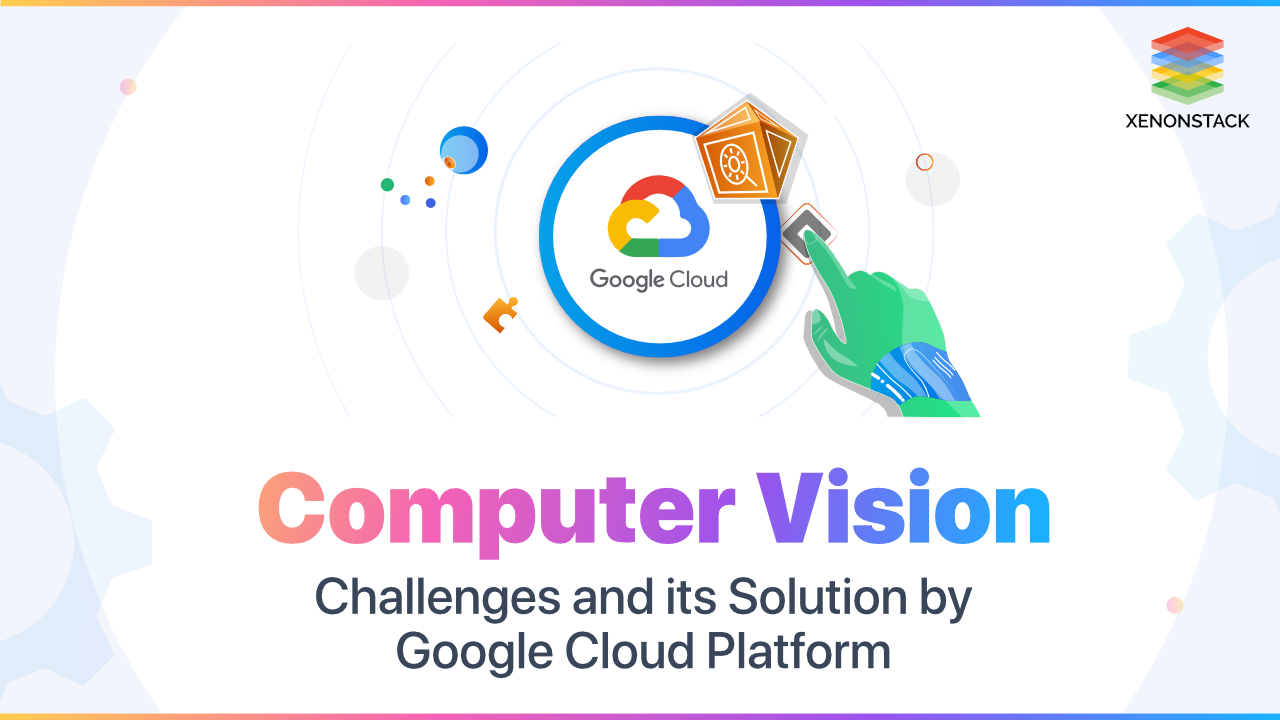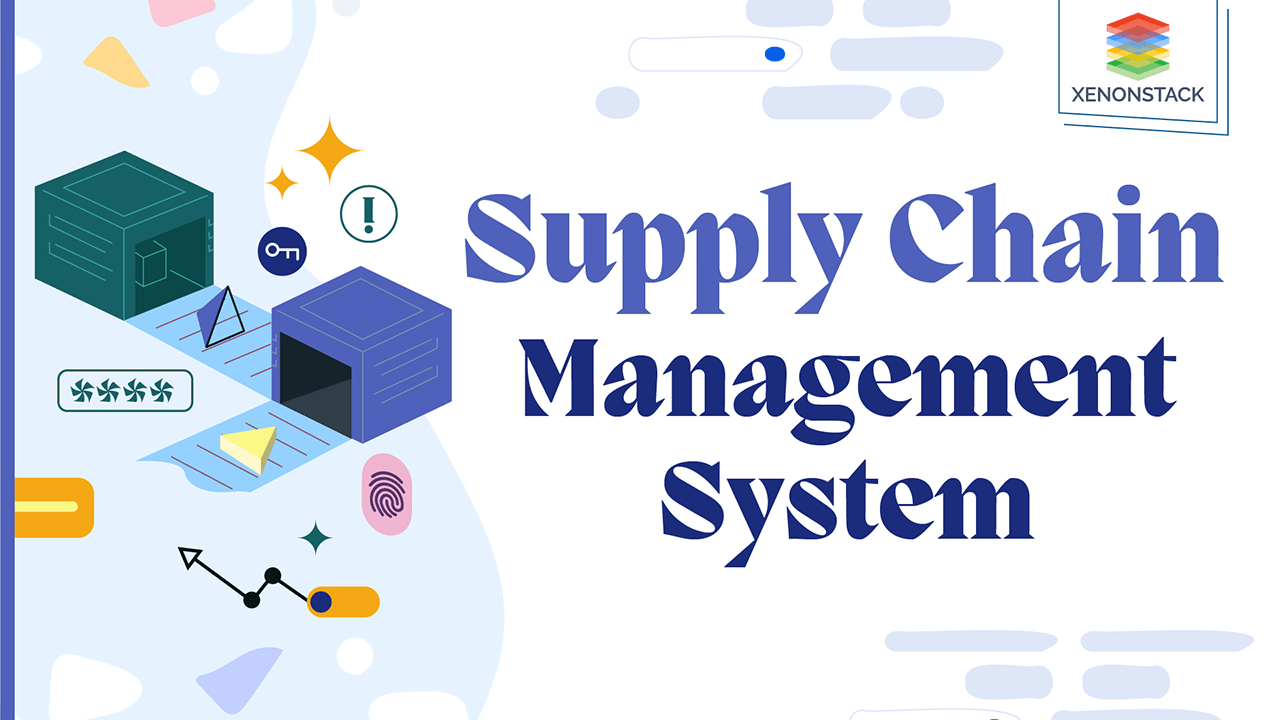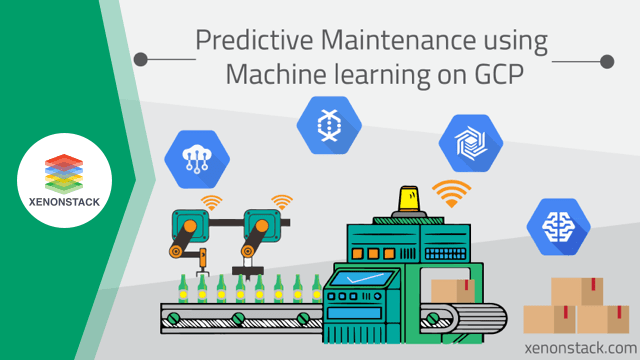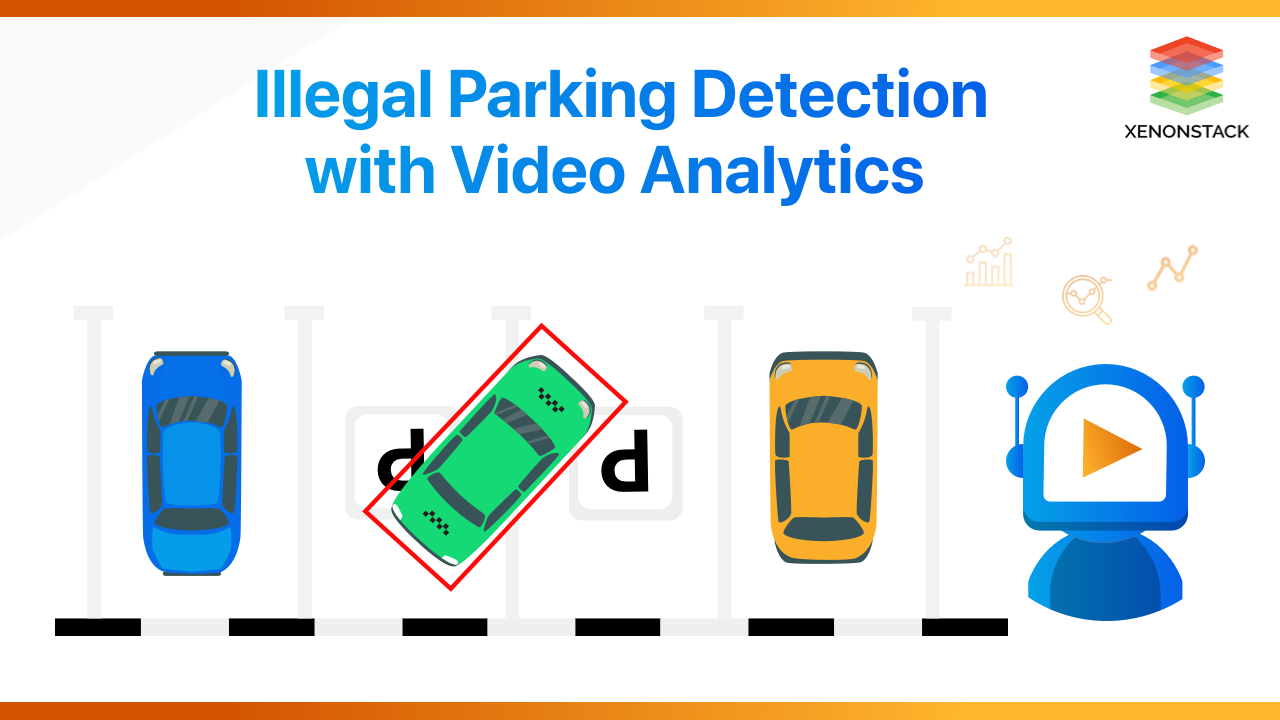
What are the challenges in Computer Vision?
Nowadays, there are a lot of activities happening around the globe that should be monitored to prevent any loss, but for one individual or even a group of individuals, It is not possible to track everything, and even it requires a lot of human effort and time. So it is hard to analyze a lot of pics and videos for an individual and notice what is happening in the video and the objects that came into one video/image. There is a need to automatically classify image files based on the actual content of the image, such as recognizing products, faces, or other objects in the scene. That is where computer vision comes into play.
What are the solutions for Computer vision?
Computer Vision means giving visual or visual power to computers to help them make better decisions faster, more efficiently, and more honestly than people can consistently do.
Computer Vision is increasingly being adopted in various industries around the world and can be used for applications such as crime detection, the retail industry, health care systems, private vehicles, manufacturing sectors, quality testing, etc. Each sector has been greatly assisted by using Computer Vision extensively in its programs.
Computer vision can help in the following ways:
- Image segmentation
- Image classification
- Object detection
- Extract text from the image
- Face detection
- Explicit Content Detection
- Logo Detection
- Text translation
How does computer vision work?
The working of computer vision is almost similar to that of our brain. Computer vision can identify, classify, and even track objects. Here are the steps:
- The first step is to grab the signals from the sensing device (camera).
- The next step is to send that signals to the interpreting device, responsible for understanding the image content.
- Then the output is given based on what the interpreting device has learned.
Now the question arises of how the interpreting device learns this information.
The algorithms which we use for computer vision are based on pattern recognition. We train computers with a huge amount of visual data — computers that process images, label things, and find patterns in those objects. For example, In the beginning, we send a million images of a certain object, let's day teddy bear. The computer will analyze them, identify patterns similar to all teddy bears, and create a model “teddy bear” at the end of this process. As a result, the computer will accurately detect whether a particular image is a teddy bear or not.
Services offered by Google Cloud Computing for Computer vision
- AutoML Image: Insights can be derived in the cloud or at the edge for object detection or image classification.
- AutoML Video: Enable dynamic content discovery and attractive video information using custom labels, image change detection, object detection, and tracking.
- AutoML Text: Reveal the structure and meaning of text through machine learning.
- AutoML Translation: Dynamically detects and translates between languages, supports 50 language pairs, and translates with custom models
- AutoML Video Intelligence: the graphical interface of AutoML Video Intelligence makes it possible to train users custom models that can classify and track objects inside the videos. It is suitable for projects where one needs to define their custom labels, which are not covered under Video Intelligence API.
- Video Intelligence API: It has pre-trained machine learning models that automatically recognize many objects, places, and actions in stored and streaming video. It’s very efficient for common use cases and enhances over time as new concepts are introduced.
Use Case of Computer Vision
The use cases of computer vision are described below:
Object Detection
So as we know, object detection means detecting what is present in the image.
This can be done using google cloud vision API. We can use this for visual listing for brands, Medical Image Analysis in the healthcare department, Animal Detection and Measurement, Visual product search, etc. The need for object discovery using machine learning is very high. Companies are already investing millions of dollars to achieve tremendous success.
Text Detection
Text from the images can be detected and extracted using Vision API. There are currently two annotation features that support optical character recognition (OCR):
- TEXT DETECTION detects and extracts text from any image. E.g., If any photograph has any sign or text on it. The JSON will contain the extracted string and words and bounding boxes around it.
- DOCUMENT TEXT DETECTION also works similarly to TEXT_DETECTION, like extracting text from images, but the results are optimized for dense text and documents. Here the JSON contains more data like page, paragraph, word, block, and break information.
Some use cases of text detection include text translation from images, Passport recognition, automatic number plate recognition, converting handwritten texts to digital text, converting typed text to digital text, etc.
End Customer Value
Computer vision can automate multiple tasks without the need for human intervention. Hence, computer vision can help organizations in ways such as:
- Brand monitoring: As social media users become increasingly fond of visual content across many forums, it is helpful and essential for product owners to analyze images and video usage. If product managers can scan and analyze the visual content of their logos, then they can open up more product content on social media.
- Product Authentication: Selling and distribution of fake cosmetics, pharmaceuticals, and products such as cigarettes and alcohol can be stopped if these providers can introduce an element of image recognition to detect anomalies in otherwise convincing logos on the packaging.
- Counting no. of objects: No manual tasks are needed to keep track of the number count of objects at a given location.
- Medical feature detection in Healthcare: Medical diagnostics rely heavily on the study of images, scans, and photographs, object detection involving CT and MRI scans has become extremely useful for diagnosing diseases so that we can use computer vision for diagnosis.
Why XenonStack?
Xenonstack will give you the demo, click here for demo, of detecting objects, where they are, and even their counts. We can extract text from images and analyze and translate it for further use. We can help you monitor your brand and authenticate your products selling online. We can help you with logo detection as well as face detection. Let us know your requirements, and our team will be ready to help you.
- Read more about azure computer vision
- Know more about AWS computer vision
- Go through google computer vision
- Explore more about Computer Vision Services and Solutions
.webp?width=1921&height=622&name=usecase-banner%20(1).webp)



